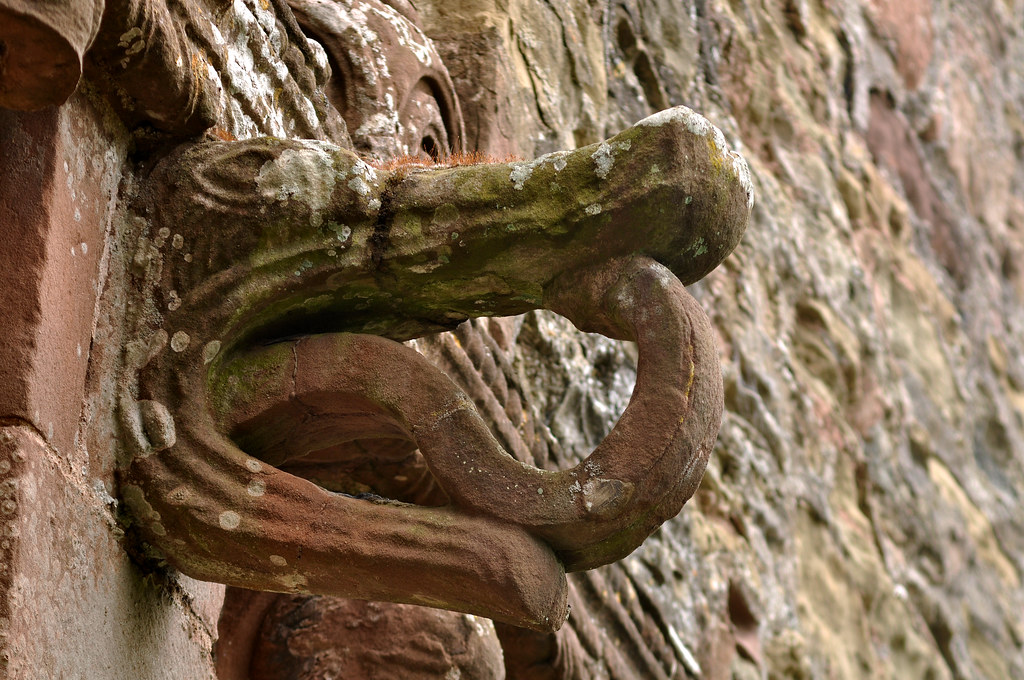#kilpeck
Text



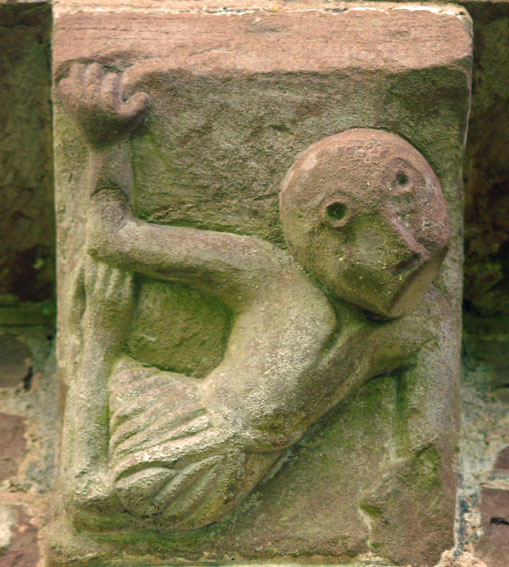


Corbels of Kilpeck, 1140AD
5K notes
·
View notes
Text
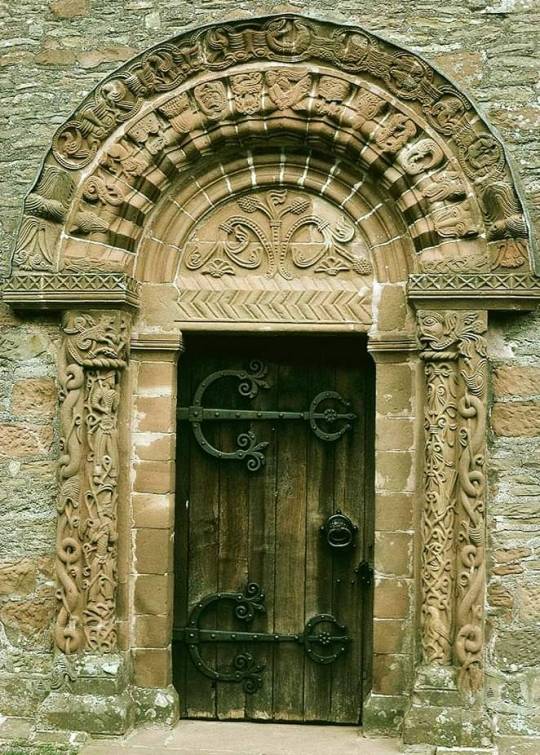
Carved Norman doorway at Church Kilpeck, Herefordshire, ENGLAND
480 notes
·
View notes
Text

Kilpeck Sheela, Console Figure, Church of St. Mary & St. David, Herefordshire, England. 12th century.
404 notes
·
View notes
Text


Graveyard of Kilpeck Church, England.
#cemetery#graveyard#grave#tomb#original photography#taphophile#taphophilia#lensblr#photographers on tumblr#tombs#photography#churchyard#wanderingjana#explore#england
175 notes
·
View notes
Text
The Green Man
The Green Man is a fascinating and enigmatic ancient figure that has appeared in art, architecture, and mythology for centuries. But who is he, and what does he represent?
In this post, I explore the origins, symbolism, and cultural significance of the Green Man, as well as some of the places the image or Motif has been used.

What is the Green Man?
As in the example above, the Green Man is usually depicted as a human face made of foliage. Art historians describe this type of motif as a "foliate head". The Green Man can be found in various forms and styles, ranging from realistic to abstract, from grotesque to serene and despite being called a man the motif is actually gender neutral with examples also in female. There have been examples using animals like satyrs or centaurs but these are normally associated to Dionysus.
Can I use the Motif in my practice?
The motif simply represents, the spirit of nature, the cycle of life, and the connection between humanity and the natural world. As such it is perfect for any path of modern craft as a symbol of our respect. It is not connected to any specific practice and there is no "cultural appropriation" issues to be concerned about.
One of little known sides of this Motif is the connection to luck, either in Wealth or Good health. Strangely the practice saw you simply rubbing his nose in passing. See link at the end of this post for an example from Crewe Hall.
Does the symbol represent a Deity.
The Green Man is not a single character, and despite what you might have heard, there is little evidence that he was a pagan deity in his own right. Modern druidic practice has recently adopted the motif, but there are no ancient examples in the UK to back this up. Instead, it should simply be seen as a symbol of our connection to nature. Over the generations, he has often associated with other Nature deities such as Dionysus, Osiris, Cernunnos, Frey, Pan, Flora, and Gaia.

image credit ASOR.org
So Where did the Green Man come from?
The earliest known examples of the Green Man date back to the 2nd century CE, when he appeared in the ruins of Hatra, a city in modern Iraq (shown above), and in a mosaic in the Great Palace of Constantinople, in modern Turkey. He also appeared in Romanesque and Gothic architecture across Europe, especially in England and France, where he was carved on churches, cathedrals, castles, and manor houses. He was particularly popular in the 13th to 15th centuries, when he reached the peak of his artistic expression and diversity.
His use on so many churches and cathedrals is thought to be a way of or appeasing the local population of pagans who respected the motif as an aid to converting them to the new religion. As mentioned, the image was seen by the pagans as an incredibly lucky symbol, so adding it to a church could also have been seen as a way to bring good luck to the building.
How is the Green Man portrayed in art?
The Green Man has inspired many artists throughout history and across cultures, who have given him different interpretations and meanings. Some of the most famous and influential examples of the Green Man in art are:
The Bamberg Horseman, a 13th-century sculpture in the Bamberg Cathedral, Germany, that shows a knight on horseback with a foliate head supporting the spire.
The Green Man of Rosslyn Chapel made famous by the DaVinci code, a 15th-century carving in the Scottish chapel, that shows a man with vines emerging from his mouth and wrapping around his head and body.
The Green Man of Notre Dame, a 19th-century restoration of a 13th-century carving in the Paris cathedral, that shows a man with oak leaves and acorns covering his face and hair.
The Green Man of Kilpeck Church, a 12th-century carving in the Herefordshire church, England, that shows a man with a mischievous grin and leaves sprouting from his mouth and eyes.
The Green Man of Sintra, a 16th-century painting in the National Palace of Sintra, Portugal, that shows a man with a crown of leaves and flowers and a green complexion.
The Green Man of Glastonbury, a 20th-century sculpture in the remains of Glastonbury Abbey, England, that shows a man with a serene expression and a wreath of leaves and berries.
What is the significance of the Green Man today?
The Green Man is still a relevant and powerful symbol today, as he represents the values and ideals of environmentalism, ecology, and spirituality. He is a reminder of the beauty and importance of nature and of the need to respect and protect it. He is also a symbol of hope and resilience, as he shows that life can overcome death and that nature can regenerate and heal itself. If you are seeking a power symbol for your Altar you can't do much better than this amazing and power motif to bring you luck.
The Green Man is celebrated and honoured in various festivals, rituals, and events around the world, such as the Beltane Fire Festival in Edinburgh, Scotland, the Jack in the Green Festival in Hastings, England, the Green Man Festival in Brecon Beacons, Wales, and the Burning Man Festival in Nevada, USA. He is also a popular subject for contemporary artists, musicians, writers, and filmmakers, who continue to explore and reinterpret his meaning and message.
While many symbols have lost significance over the generations the power of the Green Man goes from strength to strength. Why not make it a part of your practice too.
Click here for the secret pagans of Crewe Hall
For more of my posts click here
23 notes
·
View notes
Text

Kilpeck Doorway, 2019 (Pencil drawing)
Lynda Jones, (Welsh-based Artist, b. 1970)
9 notes
·
View notes
Text
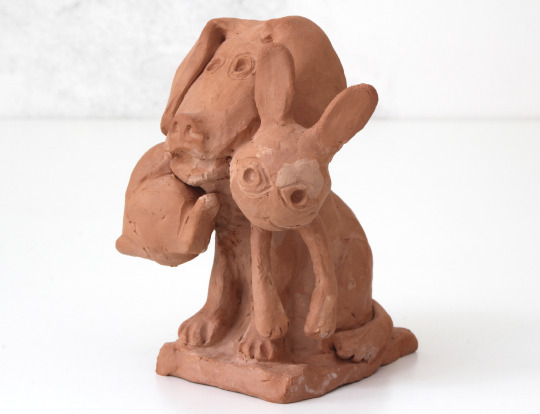



[ID Photos of a brown clay stylised sculpture of a sitting dog holding a rabbit in it's mouth against a white background. The dog looks pleased, and the rabbit has a perturbed expression with it's arms are dangling down. Each photo shows a different angle. End ID]
This is based on the Kilpeck Church Hound and Hare corbel. I wasn't sure if it was supposed to be a dog holding a rabbit or the two sitting next to each other so I was trying to build on the former. This was intended as a practice run so I'll be remaking this later. There was a lot of cracking when drying, but surprisingly not on the hare's little arms. The dog's mouth went... wrong I'm not sure what I was thinking there.
7 notes
·
View notes
Text
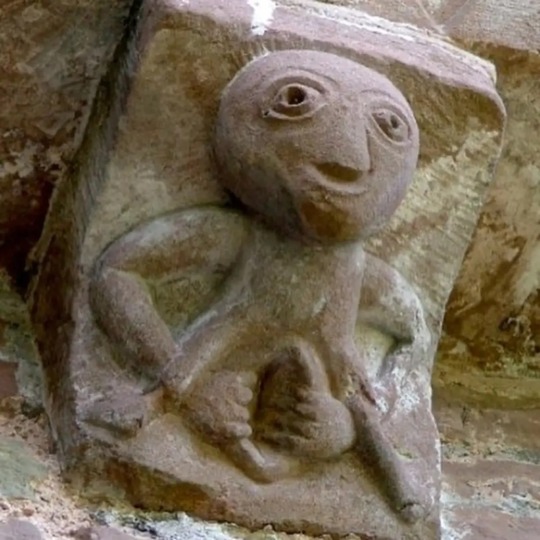
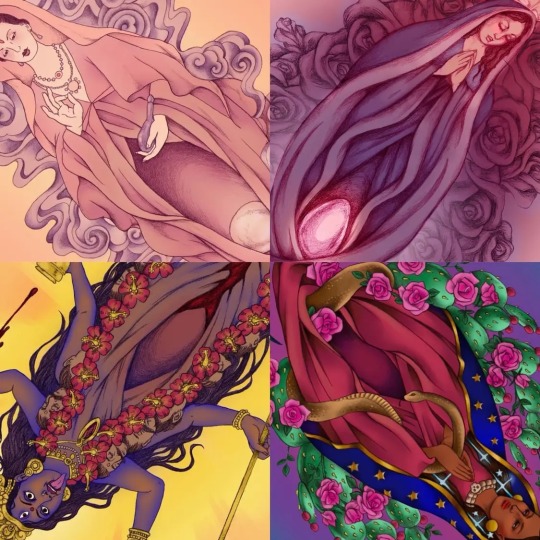
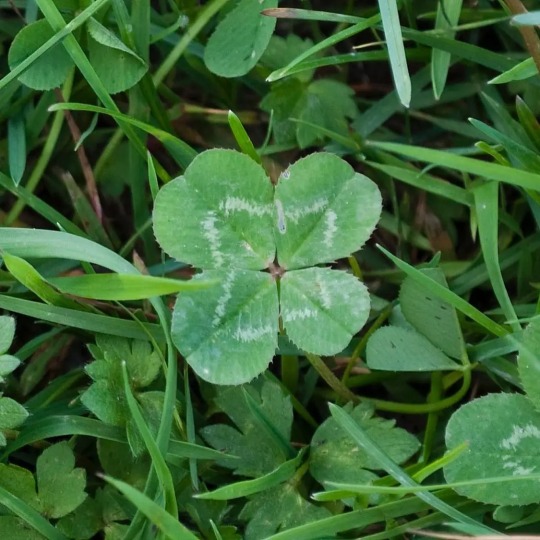
March 18th, Sheelah’s Day, is theorized to be the original indigenous holiday that St. Patrick’s Day was made to obscure. St. Patrick’s Day has become very successful at this. Historians agree on very little about the ancient origins of Sheelah’s Day, celebrated only in certain communities of the Irish diaspora in Canada and Australia for centuries now, suppressed upon the Isle of Erin. What most folklorists can agree on and trace is that the whiskey drinking and shamrocks associated with St. Patrick’s Day were most certainly originally part of Sheelah’s Day rituals. Where the common three leaf clover ☘️ is emphasized to represent the Catholic holy trinity in St. Patrick’s Day today, the significance of three leaves is debated on its meaning in Sheelah’s Day. Four leaf clovers being lucky seem to be tied to Sheelah’s Day celebrations. 🍀 But who is Sheelah? She herself has been obscured in oppression. Often denied simply because of modern prudence, by far the most likely answer to Sheelah’s identity is the notorious Sheela Na Gig. Although these sorts of statuaries are found throughout all pre Roman Britain architecture and elsewhere across ancient European ruins, this Irish Gaelic name has been assigned to these figures in association with a goddess whose own origin story has been effectively lost. She is known distinctively, and almost exclusively, by a huge exaggerated Vulva that she pulls up into the rest of her body. Because of the placements of these figures in architecture it is apparent that these sculptural Sheela Na Gigs were both wards and blessings. I realize how my own Vulva goddesses art are effectively modern Sheela Na Gigs.

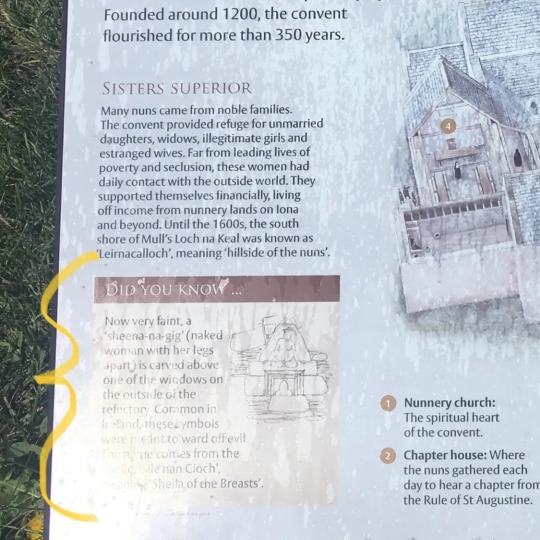
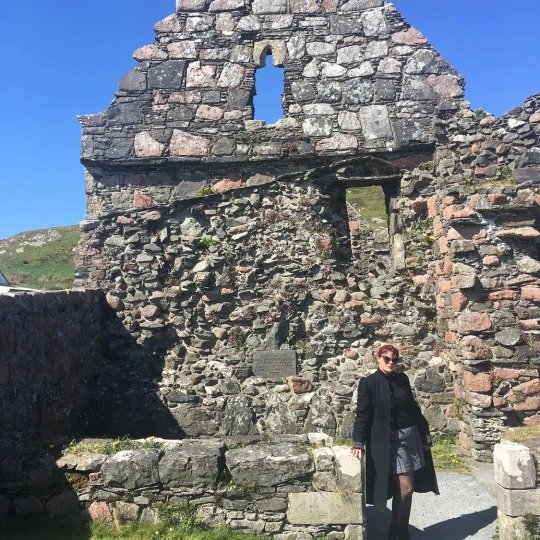
Slides:
1. Photo featured on Wikipedia article for “Sheela Na Gig” (12th century, on the church at Kilpeck, Herefordshire, England)
2. Photo collage of Vulva robed goddess art by PJ Superior
3. Four leaf clover 🍀
4. Photo I took of a badly weathered Sheela Na Gig during my honeymoon on the Isle of Iona, Scotland 🏴 2019
5. Photo of the plaque at the abbey ruins describing the Sheela Na Gig
6. Photo of myself standing in those same ruins
#sheela na gig#st patricks day#four leaf clover#pagan goddesses#irish diaspora#Sheela’s day#ancient origins#ancient ruins#scottish islands#travel#goddess art#weird history
1 note
·
View note
Text
The doorway of Kilpeck, 1140AD



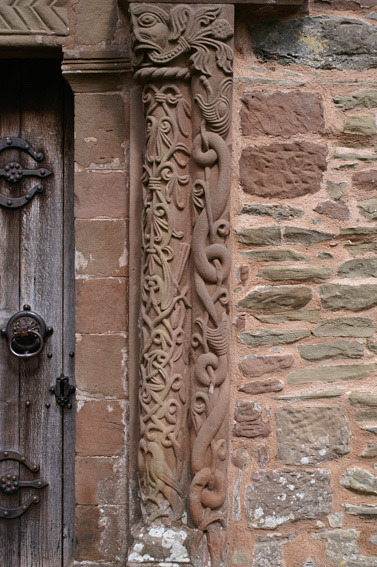
The doorway of Kilpeck, 1140AD
17 notes
·
View notes
Text


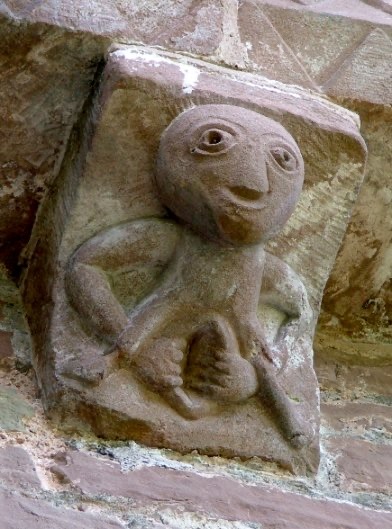

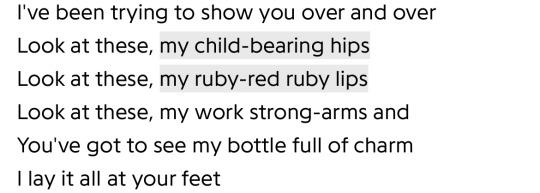
gillian clarke “sheila na gig at kilpeck” + sheela-na-gig, kilpeck church, herefordshire + sheela-na-gig, vinax, france + pj harvey “sheela na gig”
2 notes
·
View notes
Text
Going West: Kilpeck Castle
Going West: Kilpeck Castle

Why does a tiny village like Kilpeck hold such a fabulous church? Because once it wasn’t a small, forgotten place, but the seat of nobility and, according to the information board, parts of the castle still remained. We left the church by the straight, modern path that crosses the remains of the moat and leads to the castle. The oldpath through the churchyard to the church door zigzags like the…
View On WordPress
1 note
·
View note
Photo



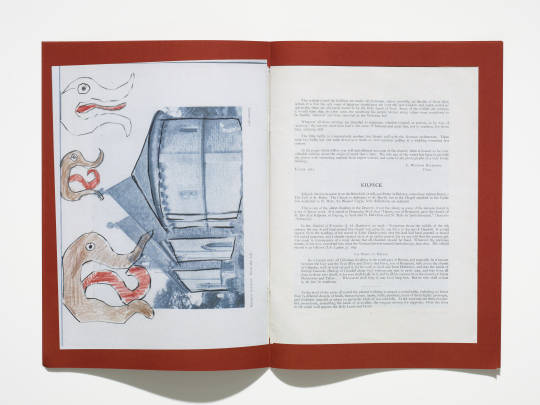
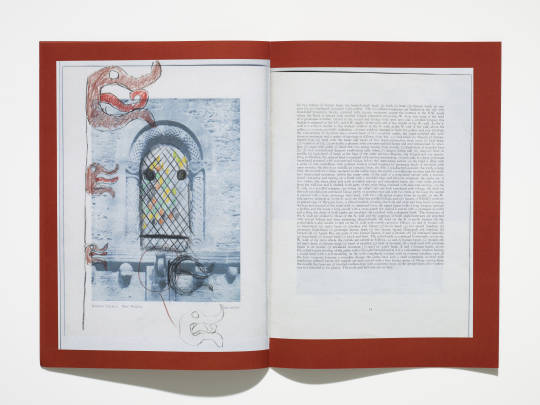

Kilpeck (Scene 1) – 2020
Victor Boullet
Stapled Softcover
21 cm x 30 cm
Ed. 15
0 notes
Video
Kilpeck, Herefordshire, Church of St Mary and St David, west wall, detail by groenling
Via Flickr:
~1140
#Kilpeck#Herefordshire#GB#UK#England#Britain#Great Britain#Church of St. Mary and St. David#Herefordshire school#stone#carving#stonecarving#sandstone#wall#west wall#grotesque#ornament#decoration#monster#dragon
12 notes
·
View notes
Photo

#kilpeck #kilpeckcastle #herefordshire #appicoftheweek #amateurphotographermagazine #igersherefordshire #aerialphotography #normanarchitecture #countryside #aerial #aerialview #aeriallandscape #village (at Kilpeck) https://www.instagram.com/p/CHk7DIsh_DG/?igshid=17p8utmt4afwg
#kilpeck#kilpeckcastle#herefordshire#appicoftheweek#amateurphotographermagazine#igersherefordshire#aerialphotography#normanarchitecture#countryside#aerial#aerialview#aeriallandscape#village
0 notes


